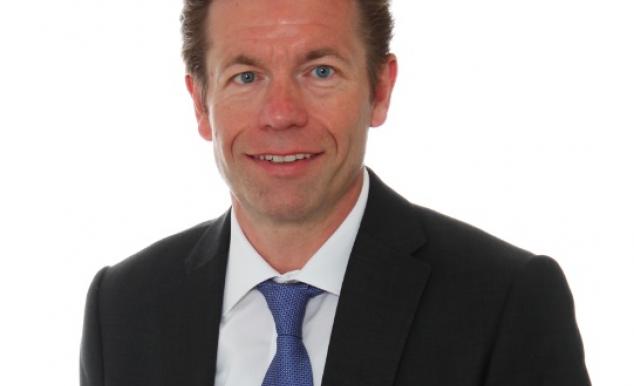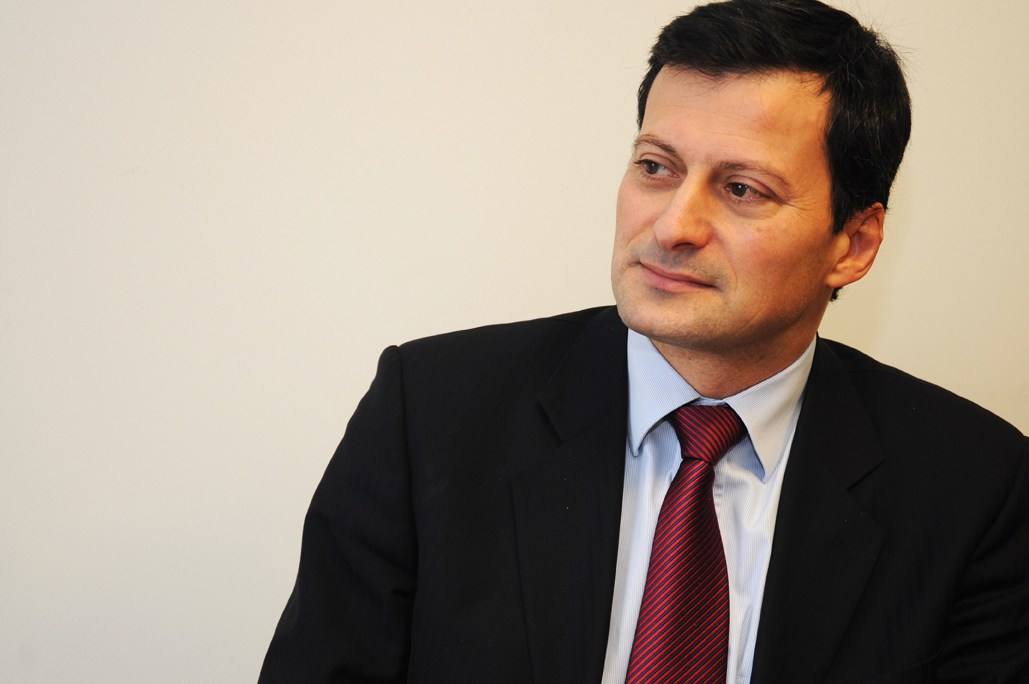Credit Suisse Makes Changes in the Leadership of the Investment Banking Division
| By Fórmate a Fondo | 0 Comentarios

Credit Suisse announced appointments to the Executive Board, changes to the leadership of its Investment Banking Division, and the appointment of a new CEO of Asia Pacific. These changes will take immediate effect.
Jim Amine and Tim O’Hara have been appointed to the Executive Board and will join Gaël de Boissard to head the Investment Banking Division.
Helman Sitohang will assume the role CEO of Asia Pacific.
Eric Varvel has decided to step down from the Executive Board and assume the role of Chairman Asia Pacific and Middle East Regions.
Gaël de Boissard, Jim Amine and Tim O’Hara will partner in leading the Investment Banking Division. Jim Amine will continue to have responsibility for the Investment Banking Department, while Tim O’Hara will continue to head the Equities business. Gaël de Boissard’s role remains unchanged. He continues to head the Fixed Income business and remains the CEO of Europe, Middle East and Africa and a member of the Executive Board. Jim Amine and Tim O’Hara will join the Executive Board and report directly to the CEO.
Helman Sitohang will assume the role of CEO of Asia Pacific, reporting directly to the CEO. He will also continue to retain his role as Head of the Investment Bank for Asia Pacific. APAC is the region with the highest economic growth and Credit Suisse is continuing to allocate additional resources to accelerate and maximize the growth opportunities in this region.
Eric Varvel will assume the role of Chairman Asia Pacific and Middle East with a primary focus on our most important clients and assisting senior management on strategy. Eric will step down from the Executive Board, but will continue to report to the CEO in his new role.
Urs Rohner, Chairman of the Board of Directors of Credit Suisse, said: “In our Investment Banking Division, Eric Varvel and Gaël de Boissard have been instrumental in adapting our business to the new market and regulatory environment. Jim Amine and Tim O’Hara have also been integral to the success of the division, with our Investment Banking Department and Equities businesses demonstrating strong results and great momentum. I believe that the combination of Jim, Tim and Gaël will provide the right partnership to drive the business forward.”
Brady Dougan, CEO of Credit Suisse, said: “Eric Varvel has done a great job as CEO of Asia Pacific and I believe will provide important continuity of management and with client relationships in the Chairman role. Helman Sitohang has been instrumental in the success we have achieved to date. Moving into the CEO role is a natural progression and I believe he, along with the strong management team we have in the region, will be able to produce excellent results, demonstrate growth and build on the impressive momentum we have in Asia Pacific.”
Composition of the Executive Board as of October 17, 2014
− Brady W. Dougan, Chief Executive Officer
− James L. Amine, Head of Investment Banking – Investment Banking Department
− Gaël de Boissard, Head of Investment Banking – Fixed Income; Regional CEO of EMEA
− Romeo Cerutti, General Counsel
− David R. Mathers, Chief Financial Officer and Head of IT and Operations
− Hans-Ulrich Meister, Head of Private Banking & Wealth Management and Regional CEO of Switzerland
− Joachim Oechslin, Chief Risk Officer
− Timothy P. O’Hara, Head of Investment Banking – Equities
− Robert S. Shafir, Head of Private Banking & Wealth Management and Regional CEO of Americas
− Pamela A. Thomas-Graham, Chief Marketing and Talent Officer and Head of Private Banking & Wealth Management New Markets



